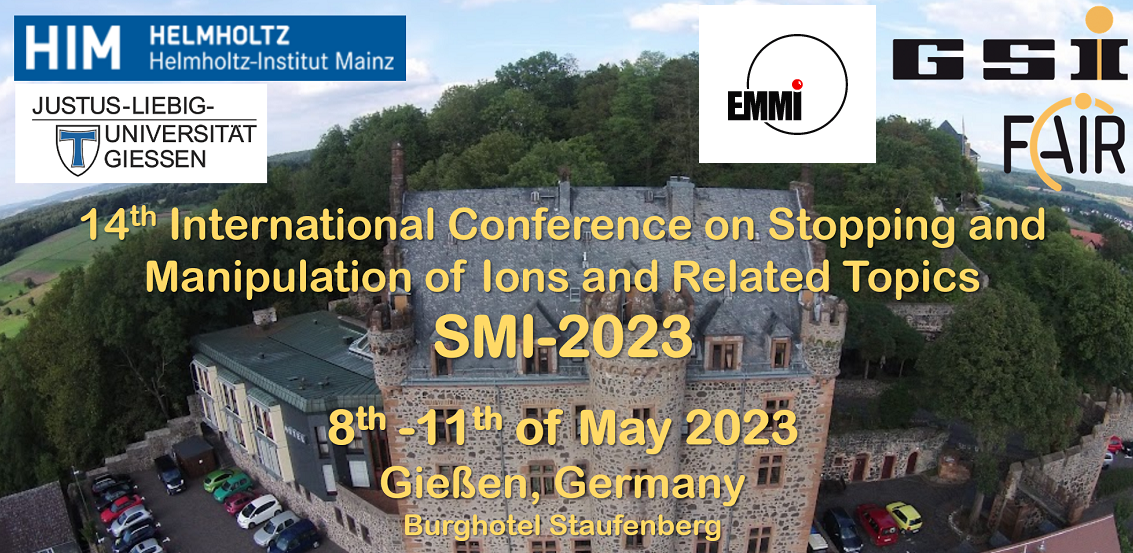Sprecher
Beschreibung
Using low-energy antiprotons, the antiProton Unstable Matter Annihilation (PUMA) experiment [1] aims to probe the isospin composition in the density tail of radioactive nuclei. For this purpose, the isotopes of interested are trapped together with the antiprotons in a dedicated Penning trap. By measuring the charge of the particles emitted as a result of the annihilation reaction, the experiment provides the neutron-to-proton annihilation ratio as a new observable for nuclear structure theory. It allows to investigate neutron skin formation of neutron-rich nuclei as well as halo nuclei.
Before radioactive isotopes are studied, the experimental technique is first applied to stable nuclei, including the investigation of the proton-to-neutron content on the surface of 208Pb [2] or its evolution in the chain of stable tin and xenon isotopes. Therefore, a versatile offline ion source has been developed to generate isotopically pure and cooled ion bunches of about 10$^{5}$ particles. A multi-reflection time-of-flight mass spectrometer (MR-ToF MS) [3] and a linear Paul trap are integrated downstream the ion source region. They are used for mass separation, ion accumulation, and cooling before the ion bunches are injected into the PUMA Penning trap, loaded with antiprotons.
The status of the offline ion source beamline and first measurements to determine the ion bunch properties after the ejection from the MR-ToF MS and Paul trap will be shown.
[1] PUMA Collaboration, PUMA, antiProton unstable matter annihilation. Eur. Phys. J. A 58, 88 (2022)
[2] PREX Collaboration, Measurement of the neutron radius of 208 Pb through parity violation in electron scattering. Phys. Rev. Lett. 108, 112502 (2012)
[3] R. N. Wolf et al., ISOLTRAP’s multi-reflection time-of-flight mass separator/spectrometer. Int. J. Mass Spectrom. 349-350, 123–133 (2013)

